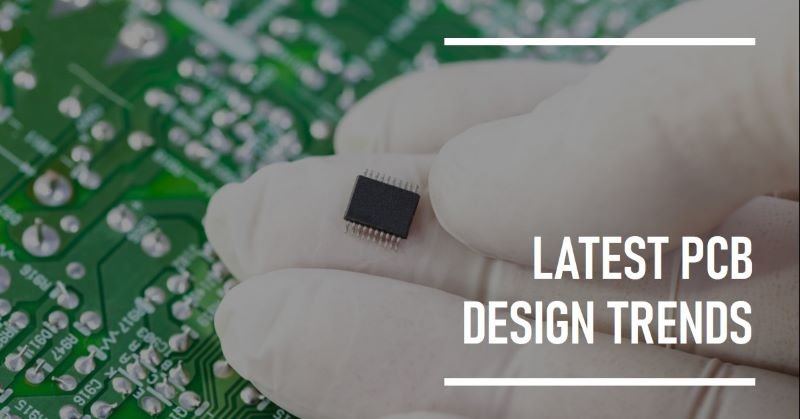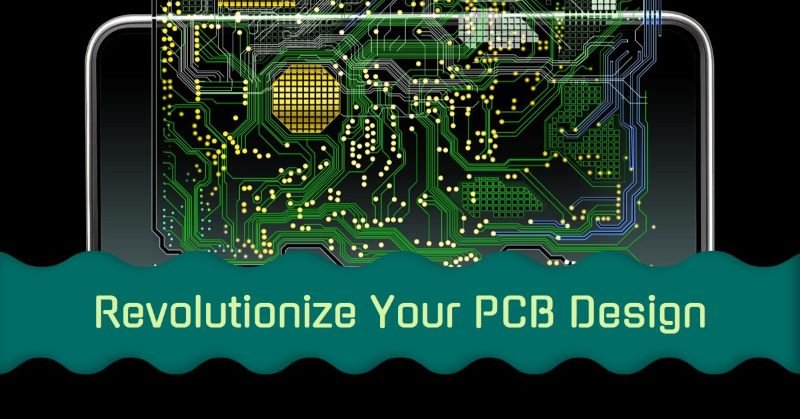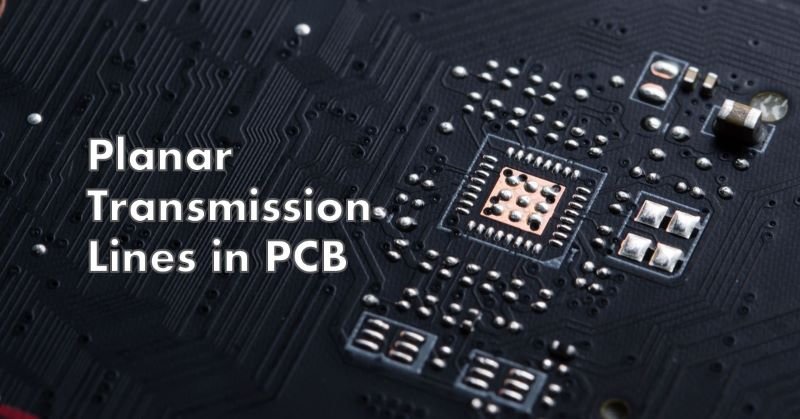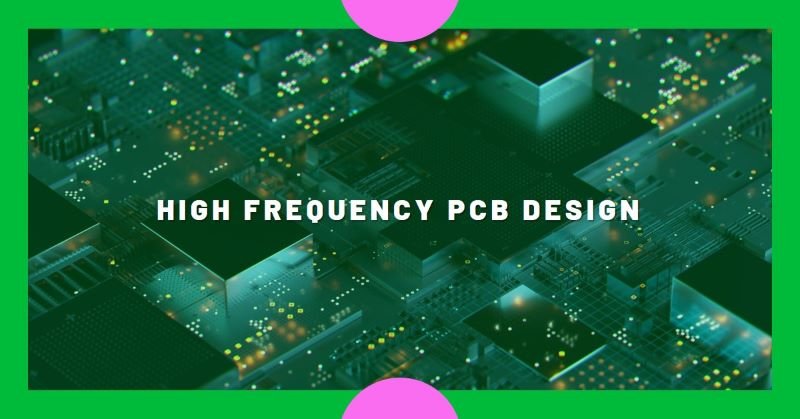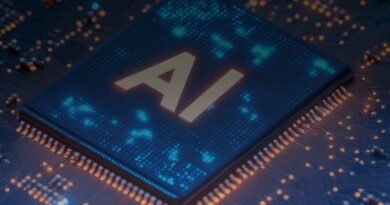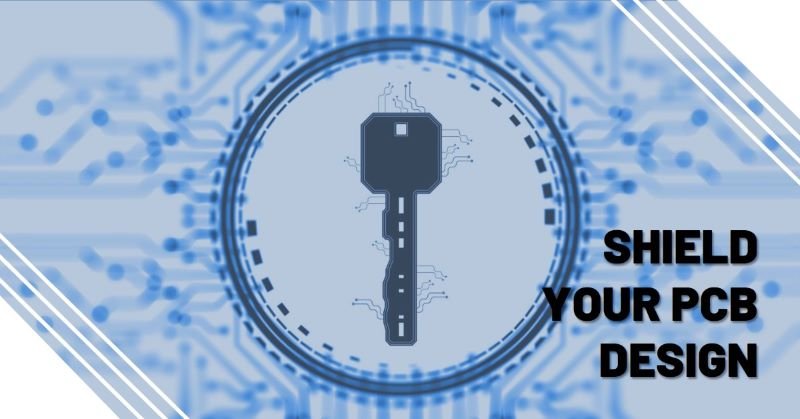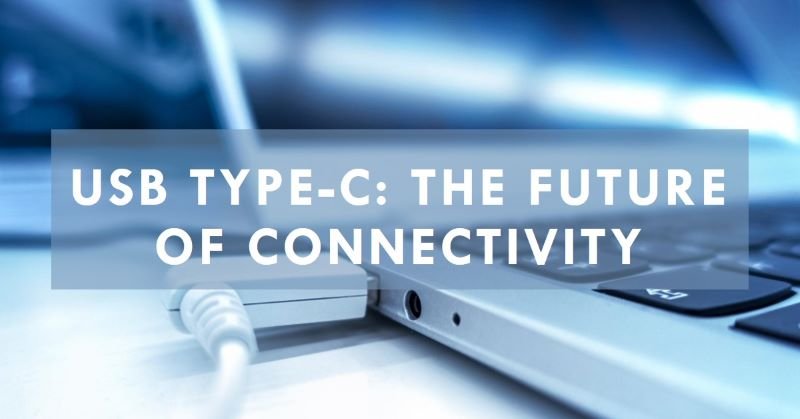Top Production Trends in PCB Design
The evolution of Printed Circuit Boards (PCBs) continues to be a cornerstone of modern electronics, as they serve as the foundation for almost all electronic devices. As technology advances, so do the methods and materials used in PCB production. Understanding the latest trends in PCB design and manufacturing is crucial for companies and engineers who want to stay ahead in the fast-paced electronics industry. In this article, we’ll explore the top production trends in PCB design that are shaping the future of electronics.
Miniaturization and High-Density Interconnects (HDI)
- Trend Overview: The push towards smaller, more compact electronic devices has led to the increasing adoption of High-Density Interconnect (HDI) technology in PCB design. HDI PCBs allow for more components to be packed into a smaller area, leading to reduced board size and weight while maintaining or even enhancing performance.
- Impact: HDI technology utilizes microvias, blind vias, and buried vias to interconnect multiple layers in a PCB. This allows for finer trace widths and spacing, leading to higher component density and better signal integrity. This trend is particularly prominent in consumer electronics, medical devices, and wearable technologies where size and weight are critical.
Flexible and Rigid-Flex PCBs
- Trend Overview: With the growing demand for versatile, durable, and lightweight electronic devices, flexible and rigid-flex PCBs are becoming increasingly popular. Flexible PCBs can be bent and twisted without compromising performance, while rigid-flex PCBs combine the benefits of both flexible and rigid boards.
- Impact: These boards are ideal for applications where space and weight are limited, such as in aerospace, automotive, and medical devices. Flexible and rigid-flex PCBs also improve reliability by reducing the number of connectors and solder joints, which are common points of failure in traditional PCB designs.
Advanced Materials
- Trend Overview: The choice of materials used in PCB manufacturing is crucial for achieving desired performance characteristics, especially in high-frequency and high-speed applications. There has been a significant shift towards the use of advanced materials such as high-frequency laminates, ceramic-filled laminates, and materials with low dielectric constants.
- Impact: These materials are particularly important in the design of PCBs for RF and microwave applications, such as in telecommunications, military, and aerospace industries. Advanced materials help reduce signal loss, improve thermal management, and enhance the overall performance of the PCB in demanding environments.
Embedded Components
- Trend Overview: Embedding passive and active components directly into the PCB substrate is a growing trend that allows for further miniaturization and improved performance. Embedded components can include resistors, capacitors, inductors, and even integrated circuits.
- Impact: By embedding components, designers can reduce the overall size of the PCB, enhance signal integrity, and increase the reliability of the board. This trend is particularly beneficial for high-speed and high-frequency applications, where component placement and signal paths are critical.
Sustainability and Eco-Friendly PCBs
- Trend Overview: As environmental concerns become more prominent, the electronics industry is under pressure to adopt more sustainable practices. This includes the development of eco-friendly PCBs, which use materials and processes that are less harmful to the environment.
- Impact: Eco-friendly PCBs may incorporate biodegradable materials, lead-free solder, and energy-efficient manufacturing processes. Additionally, there is a growing emphasis on recycling and reusing PCB materials to reduce electronic waste. Companies that prioritize sustainability in PCB design are not only contributing to a healthier planet but are also meeting the increasing demand from consumers for environmentally responsible products.
IoT and PCB Design
- Trend Overview: The Internet of Things (IoT) has revolutionized the way electronic devices communicate and interact. PCBs designed for IoT applications need to be compact, energy-efficient, and capable of supporting wireless communication protocols.
- Impact: IoT devices often require multi-layer PCBs with integrated antennas and components for wireless connectivity. The trend towards IoT is driving the development of PCBs that can support a wide range of sensors, processors, and communication modules while maintaining a small form factor. As the IoT market continues to grow, the demand for specialized PCB designs tailored to IoT applications will also increase.
3D PCB Printing
- Trend Overview: Additive manufacturing, commonly known as 3D printing, is making its way into PCB production. 3D PCB printing allows for the creation of complex, multi-layered boards with intricate geometries that would be difficult or impossible to achieve with traditional manufacturing methods.
- Impact: 3D PCB printing enables rapid prototyping and small-batch production, making it an attractive option for startups and R&D departments. It also opens up new possibilities for innovative designs, such as PCBs with integrated components or boards that conform to unconventional shapes. While still in its early stages, 3D PCB printing is expected to become more widespread as the technology matures.
High-Speed and High-Frequency PCBs
- Trend Overview: The demand for faster data transmission rates and higher processing speeds has led to the development of PCBs designed for high-speed and high-frequency applications. These PCBs are essential for modern communication systems, data centers, and advanced computing.
- Impact: Designing high-speed and high-frequency PCBs requires careful consideration of signal integrity, electromagnetic interference (EMI), and thermal management. Advanced simulation tools and precise manufacturing techniques are used to ensure that these PCBs can handle the high data rates and frequencies required by today’s technology. As data rates continue to increase, the need for high-speed and high-frequency PCBs will only grow.
AI and Machine Learning in PCB Design
- Trend Overview: Artificial Intelligence (AI) and Machine Learning (ML) are being increasingly integrated into the PCB design process. These technologies can optimize the design and manufacturing process by analyzing vast amounts of data and identifying patterns that humans might miss.
- Impact: AI and ML can be used to automate the layout and routing of PCBs, predict potential design flaws, and suggest improvements. They can also enhance the accuracy of simulations, leading to better-performing PCBs. As AI and ML technologies continue to evolve, they are expected to play a larger role in the future of PCB design, making the process faster, more efficient, and more accurate.
PCB Design for 5G Technology
- Trend Overview: The rollout of 5G technology is driving significant changes in PCB design. 5G networks require PCBs that can support high frequencies, high data rates, and low latency, all while maintaining reliability and efficiency.
- Impact: 5G PCBs must be designed to minimize signal loss and interference, which requires the use of advanced materials and precise manufacturing techniques. The adoption of 5G technology is expected to accelerate the development of PCBs with higher layer counts, more complex designs, and better thermal management. This trend is particularly relevant for the telecommunications, automotive, and consumer electronics industries.
Increased Automation in PCB Manufacturing
- Trend Overview: The push towards Industry 4.0 is driving the adoption of automation in PCB manufacturing. Automated processes, including robotic assembly, inspection, and testing, are becoming more common in PCB production facilities.
- Impact: Automation increases the efficiency, accuracy, and consistency of PCB manufacturing while reducing labor costs and production times. It also allows for greater flexibility in production, enabling manufacturers to quickly adapt to changing customer demands and market conditions. As automation technology continues to advance, it is expected to play an even more significant role in the future of PCB manufacturing.
Hybrid PCB Designs
- Trend Overview: Hybrid PCB designs combine different materials and technologies to meet the specific requirements of complex electronic systems. These designs may include a mix of rigid, flexible, and high-frequency materials in a single board.
- Impact: Hybrid PCBs are particularly useful in applications that require a combination of high performance, durability, and flexibility. For example, automotive electronics, which must withstand harsh environments while providing reliable performance, often utilize hybrid PCB designs. This trend is expected to grow as electronic systems become more complex and diverse.
Conclusion
The PCB design and manufacturing landscape is rapidly evolving, driven by advances in technology and changing market demands. From miniaturization and HDI to AI-driven design and 5G-ready PCBs, these trends are shaping the future of electronics. Companies that stay informed about these trends and adopt them in their PCB designs will be better positioned to succeed in the competitive electronics industry. As we look ahead, it’s clear that the future of PCB design is bright, with endless possibilities for innovation and improvement.
